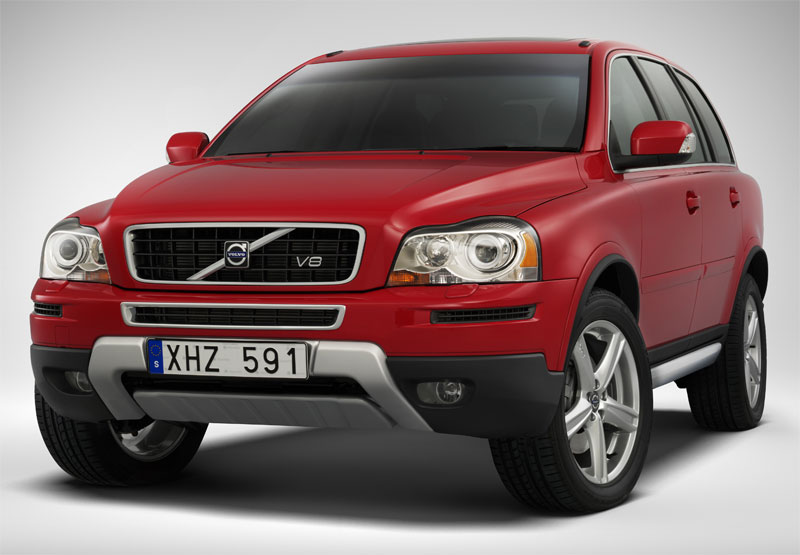"Cars are driven by people. The guiding principle behind everything we make at Volvo, therefore, is and must remain, safety", Assar Gabrielsson and Gustav Larson 1927.
The trademark Volvo was first registered by SKF the 11 May 1915 with the intention to use it for a special series of ball bearing for the American market, but it was never used for this purpose. SKF trademark as it looks today was used instead for all the SKF-products. Some pre-series of Volvo-bearings stamped with the brand name 'Volvo' were manufactured but was never released to the market and it was not until 1927 that the trademark was used again, now as a trademark and company name for an automobile.
The first Volvo car left the assembly line April 14, 1927, and was called Volvo ÖV 4. After this the young company produced closed top and cabriolet vehicles, which were designed to hold strong in the Swedish climate and terrain. In the registration application for Volvo logotype in 1927, they simply made a copy of the entire radiator for ÖV4, viewed from the front.
In 1964 Volvo opened its Torslanda plant in Sweden, which currently is the one of its largest production sites (chiefly large cars and SUV). Then in 1965 the Ghent, Belgium plant was opened, which is the company's second largest production site (chiefly small cars). Finally in 1989 the Uddevalla plant in Sweden was opened, which is now jointly operated by Volvo Car Corporation and Pininfarina of Italy.
A collection of Volvo's most important historical vehicles are now housed in The Volvo Museum, which opened in a permanent location in Arendal at Hisingen on May 30, 1995. For several years, the collection had been housed at "The Blue Hangar," at the then closed Torslanda Airport.
In the early 1970s, Volvo acquired the passenger car division of the Dutch company DAF, and marketed their small cars as Volvos before releasing the Dutch-built Volvo 340, which went on to be one of the biggest-selling cars in the UK market in the 1980s.
Volvo Group, as one of the largest manufacturers of commercial vehicles in the world, took the initiative to sell its automobile manufacturing in 1999 in order to fully focus its efforts on the market for commercial vehicles.
Ford, on the other hand, saw advantages in acquiring a profitable prestige mid-size European automobile manufacturer, well renowned for its safety aspects, as an addition to its Premier Automotive Group. The buyout of Volvo Cars was announced on January 28, 1999[14] , and in the following year the acquisition was completed at a price of $6.45 billion USD. As a result of the divestiture, the Volvo trademark is now utilized by two separate companies:
* Volvo Group – a manufacturer of commercial vehicles, etc. owned by Swedish interests.
* Volvo Car Corporation or Volvo Cars – a manufacturer of automobiles owned by Zhejiang Geely Holding Group and formerly owned by Ford Motor Company.
 Volvo Cars
Volvo Cars Volvo Cars
Volvo Cars Volvo Cars
Volvo Cars Volvo Cars
Volvo Cars Volvo Cars
Volvo Cars Volvo Cars
Volvo Cars Volvo Cars
Volvo Cars Volvo Cars
Volvo Cars Volvo Cars
Volvo Cars